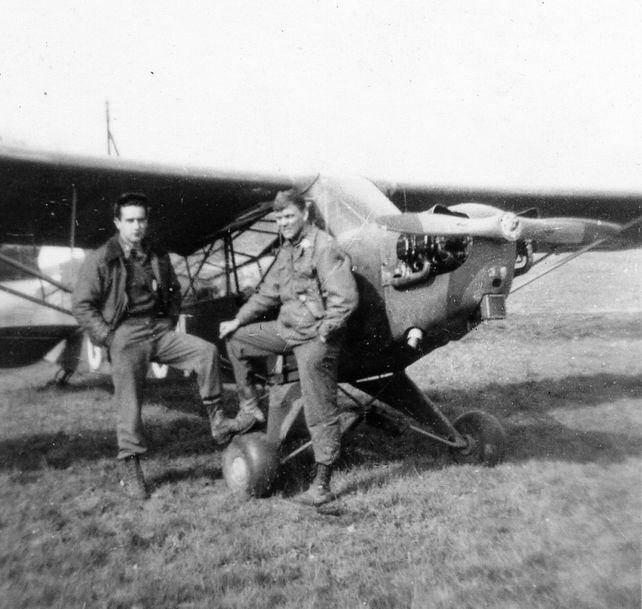
11 April 1945: 1st Lieutenant Merritt Duane Francies, Field Artillery, USA, and forward observer Lieutenant William S. Martin, 71st Armored Field Artillery Battalion, 5th Armored Division, were flying a Piper L-4H Grasshopper on a reconnaissance mission near Dannenberg, Germany. This was Francies’ 142nd combat mission.
The Grasshopper (Piper Model J3C-65D) was named Miss Me!? Its U.S. Army serial number was 43-29905, and it was marked 54 ☆ J.
The two airmen saw an enemy Fieseler Fi 156 Storch flying beneath them. The Storch was similar to the Grasshopper. Both were single engine, high-wing monoplanes with fixed landing gear. The Storch was larger and faster, but both airplanes had similar missions during the War.
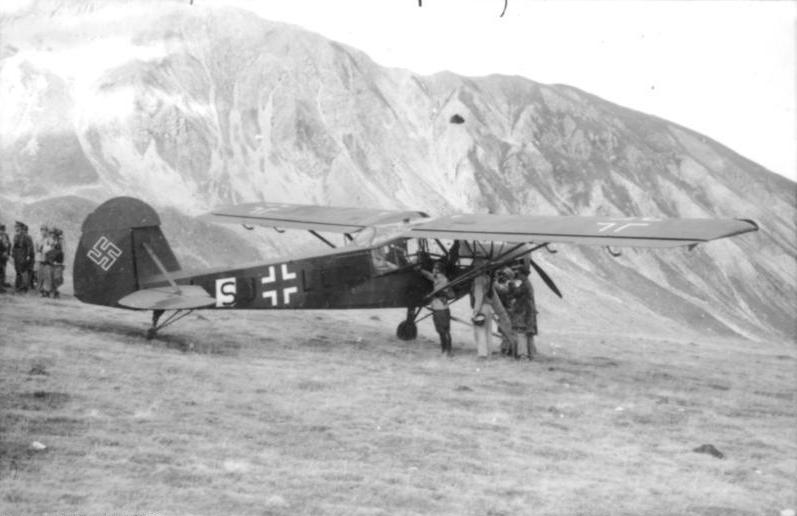
Francies put his L-4H into a dive and overtook the Luftwaffe airplane. Both American officers carried M1911 .45-caliber semi-automatic pistols, with which they fired on the Fieseler. Both officers emptied the 7-round magazines, then reloaded. The enemy airplane began to circle.
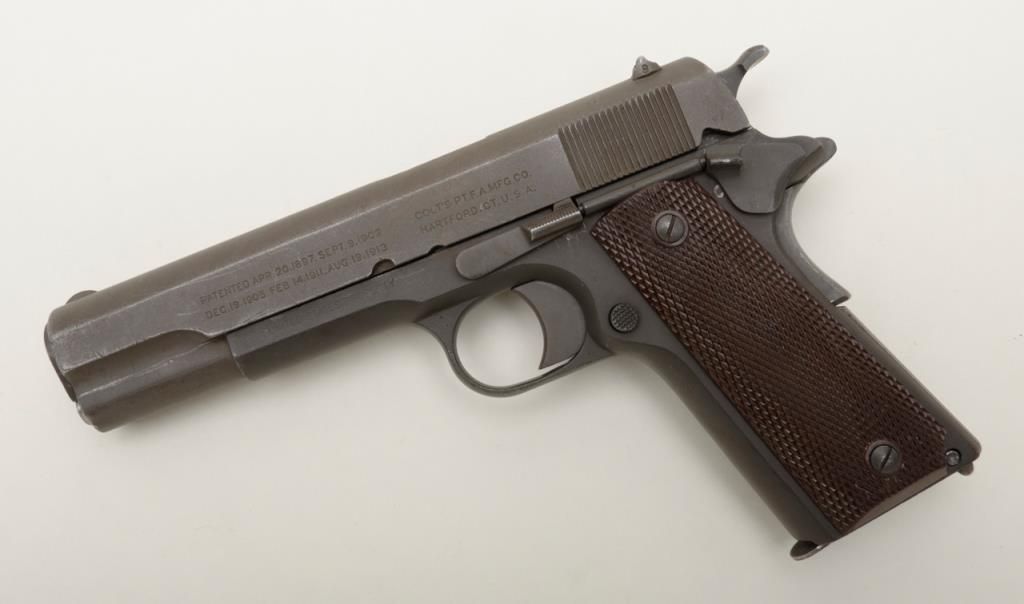
Lieutenant Francies approached again, coming to within an estimated 30 feet (9 meters) of the German airplane. Both opened fire again, striking the Storch in the windshield and in a fuel tank. It went into a spin, then crashed. Francies landed his airplane nearby.
The two German crewmen got out of the wrecked Fi 156 and tried to run, but the observer had been wounded in the foot. Lieutenant Martin fired a warning shot and the German pilot stopped, then surrendered.
The captured airmen were turned over to an American tank crew. Francies later said, “I never found out their names. They could have been important, for all I know. We turned them over to our tankers about 15 minutes later after the injured man thanked me many times for bandaging his foot. I think they thought we would shoot them.”
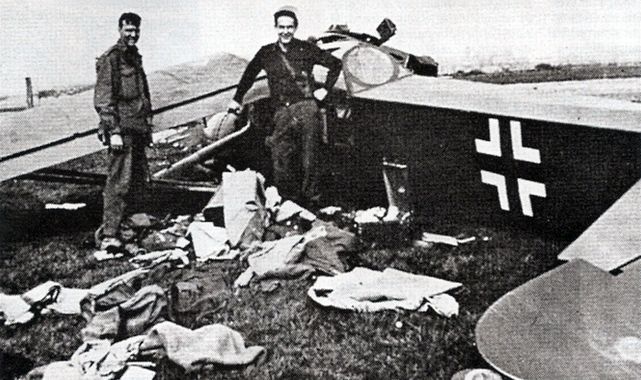
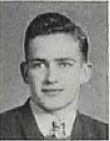
Merritt Duane Francies was born 21 July 1921. He was the son of Merritt Charles Francies, a fruit farmer, and Kathleen I. Horan Francies. He studied at Seattle Pacific College for one year before he enlisted as private, Air Corps, United States Army, 10 December 1941, at Spokane, Washington. Private Francies was 5 feet, 10 inches (1.78 meters) tall and weighed 170 pounds (77 kilograms).
2nd Lieutenant Francies had trained as a pilot and was assigned to an L-4 light observation airplane to conduct reconnaissance for the 5th Armored Division. On 19 September 1944 he rescued a wounded forward observer, for which he was awarded the Bronze Star. He was awarded an Air Medal on 27 September 1944. Francies received a battlefield promotion to 1st lieutenant, 15 January 1945.
Following the air-to-air battle with the Storch, Lieutenant Francies was recommended for the Distinguished Flying Cross, 24 April 1945. Major General Walter Jensen, 14th Army Corps, present the medal to him 22 years later, 13 March 1967.
Duane Francies married Miss Jo Ann Hulson in Lake County, Indiana, 29 March 1947. He died at Chelan, Washington, 5 May 2004.
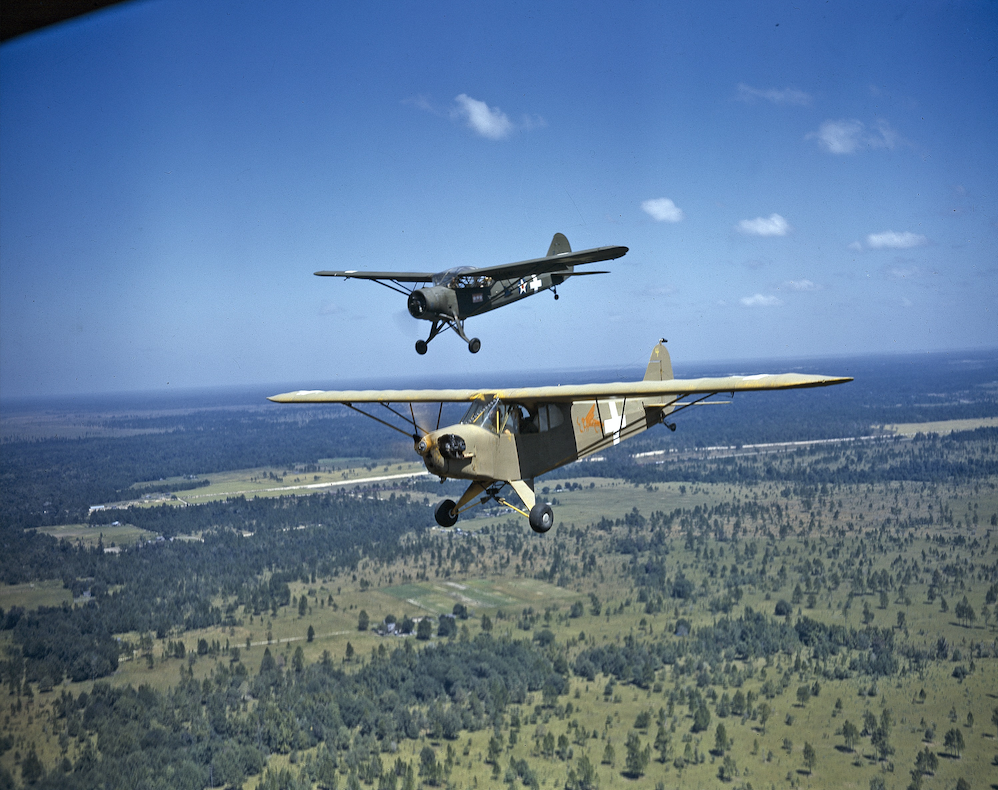

The L-4H was 22 feet, 4½ inches (6.820 meters) long, with a wingspan of 35 feet, 2½ inches (10.732 meters). Its height, when parked in 3-point attitude, was 8 feet, 6 inches (2.591 meters) to the top of the propeller arc. The wing has a chord of 5 feet, 3 inches (1.600 meters) and a total area of square feet ( square meters). It has an angle of incidence of 1° 37′ and 0° 41′ negative twist. The variable incidence horizontal stabilizer has a span of 9 feet, 6 inches (2.896 meters). The Piper L-4H Grasshopper had an approximate empty weight of 740 pounds (336 kilograms), depending on installed equipment, and a maximum gross weight of 1,220 pounds (553 kilograms).
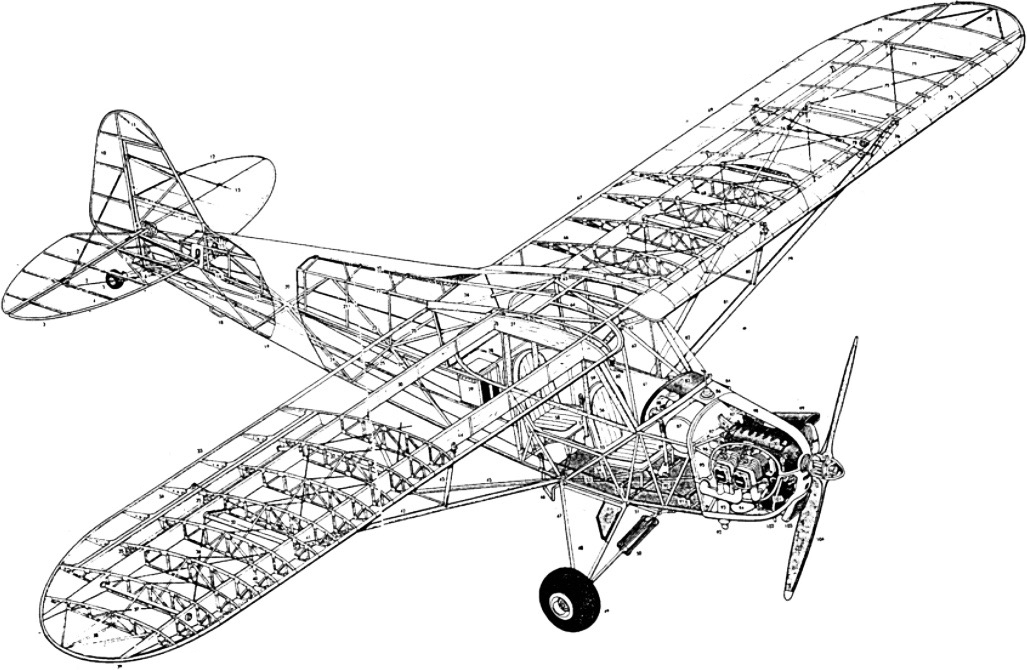

The L-4H had a maximum speed of 90 miles per hour (145 kilometers per hour), and an absolute ceiling of 14,000 feet (4,267 meters). With a fuel capacity of 12 U.S. gallons (45.4 liters), its maximum range was 206 miles (332 kilometers).
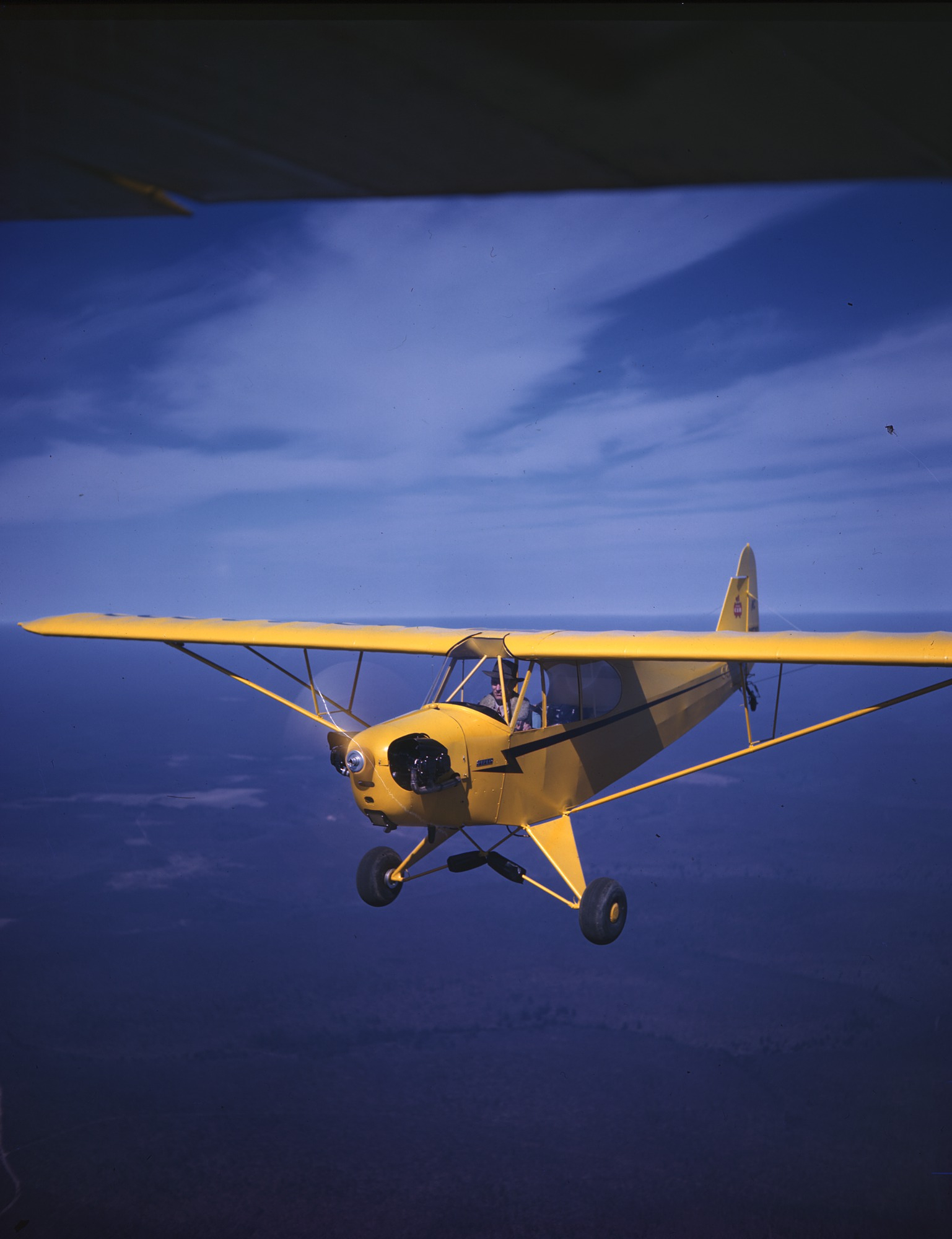
© 2019, Bryan R. Swopes